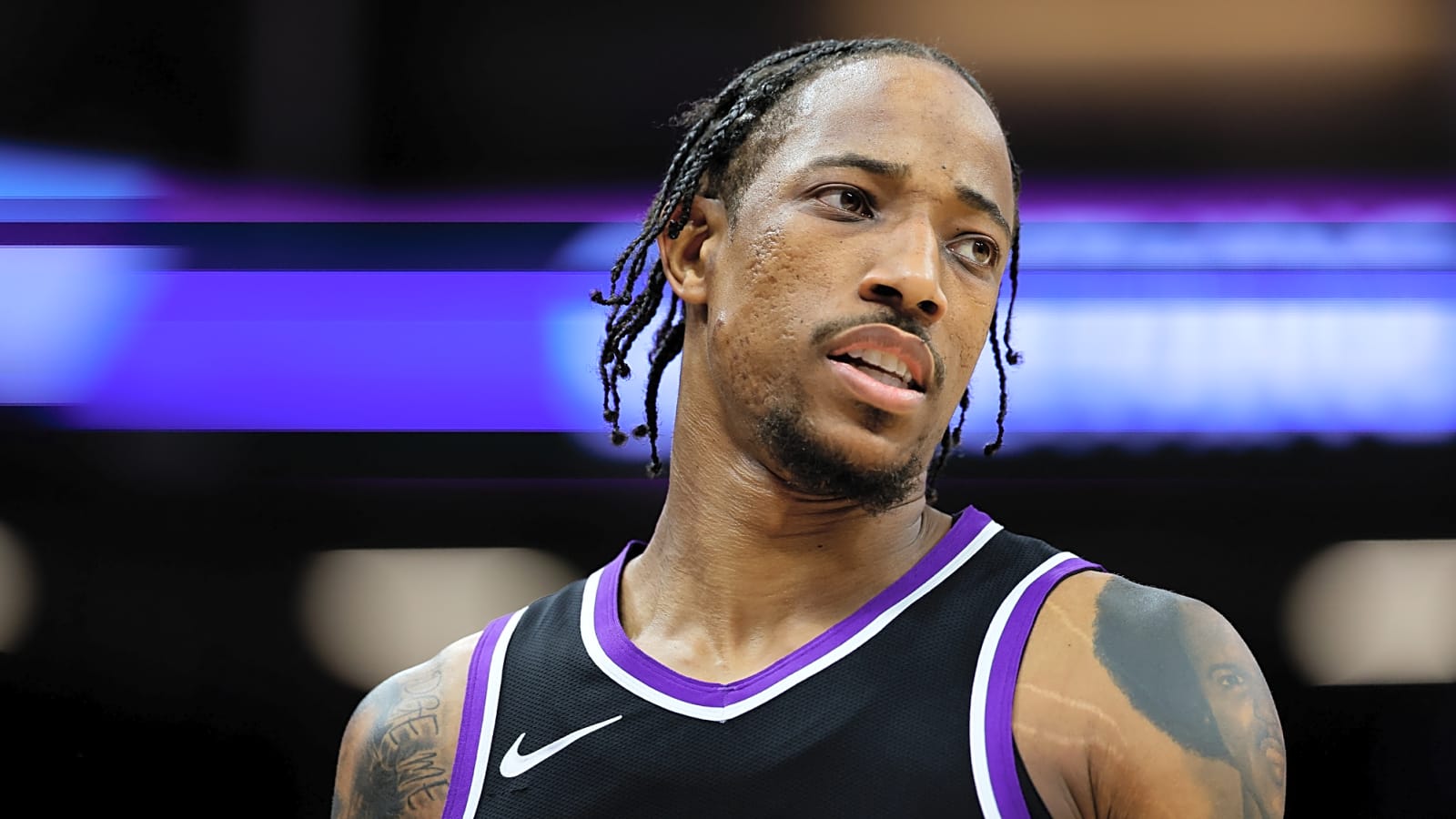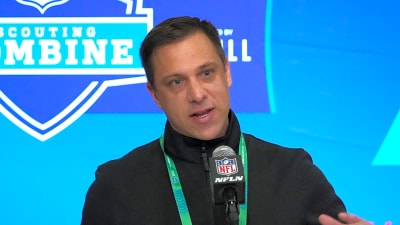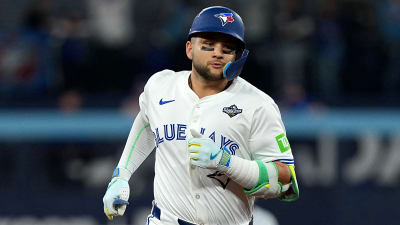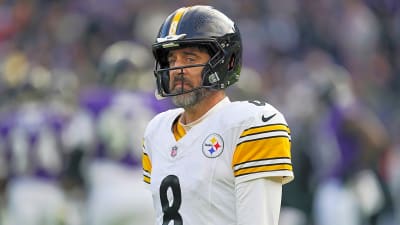
In 2021, the Chicago Bulls bet big on DeMar DeRozan, signing him to a three-year, $81.9 million deal that helped spark a playoff push.
The move created instant buzz and a celebratory 46-36 record in his first year.
But just three years later, it became clear the signing was a flashy miscalculation.
DeRozan’s mid-range mastery and ball-dominant style clashed with the Bulls’ roster. It stunted Zach LaVine‘s potential stardom, marginalized Nikola Vucevic‘s skillset, and delayed Coby White‘s growth. Moreover, it chained Chicago to an outdated offense in a three-point-driven modern NBA era.
Zach LaVine: The Star Eclipsed
Zach LaVine was Chicago’s alpha dog, averaging 27.4 points per game in 2020-21. His PER (Player Efficiency Rating) that year was 21.5 (league average is 15), his effective field goal percentage was 59.6%, and his true shooting percentage was 63.4%.
@ZachLaVine drops 38 PTS on 15-20 shooting in the @chicagobulls W! pic.twitter.com/92LVQ0sqHB
— NBA (@NBA) February 21, 2021
In 2021-22, LaVine’s shot attempts dropped from 19.4 to 17.7, and his usage fell from 31.0% to 28.8%. DeRozan’s 27.9 points and league-leading 4.1 clutch points per game made him the Bulls’ go-to player.
As a result, it also pushed LaVine into a secondary role. His versatile scoring — 47.6% from the field and 38.8% from three in 2021-22 — was underutilized as DeRozan’s iso-heavy style took center stage.
The Bulls bet on the veteran’s reliability over their max contract star’s upside. The result:
- DeRozan was able to reestablish his value in the league
- LaVine’s growth became capped, and the team’s identity became muddled.
Nikola Vucevic: The In-The-Way Big Man
When the Bulls traded for Nikola Vucevic, they envisioned a double-double machine who’d stretch the floor and anchor the offense. In other words, he’d be the antithesis of Wendell Carter Jr. DeRozan’s arrival vaulted that plan into chaos.
30 points
6-6 from deep
14 boards
5 assists
2 blocks@NikolaVucevic did it all in the @chicagobulls winpic.twitter.com/6yVxBoZBLU
— NBA (@NBA) November 30, 2021
Vucevic’s scoring plummeted from 23.4 points per game in 2020-21 to 17.6 the following year. His shot attempts shrank from 19.9 to 15.8.
DeRozan was a proficient mid-range assassin, leading the league in mid-range attempts at 741. But those attempts clogged driving lanes, leaving Vucevic as a glorified rebounder instead of being used as an offensive hub.
DEMAR DEROZAN.
FOR THE WIN.
AGAIN.He's hit back-to-back game-winning triples for the @chicagobulls. This is unreal.#TissotBuzzerBeater #ThisIsYourTime pic.twitter.com/6SuVbhLptq
— NBA (@NBA) January 2, 2022
The lack of a true playmaking point guard after Lonzo Ball‘s injury only amplified the problem. And Vucevic’s pick-and-pop shooting and passing skills became stagnant in the DeRozan-centric offense.
Coby White: A Lead Guard Who Had to Follow
Lonzo Ball’s injury in January 2022 moved DeRozan into a point forward role. He performed admirably, averaging 4.9 assists per game in the 2021-22 season. But the shift crushed White’s development as a lead guard.
White played more in an off-ball role. He averaged just 12.7 points and 2.9 assists in 27.5 minutes per contest. DeRozan’s high usage rate left little room for White to grow as a lead playmaker.
Only in 2023-24 did White have a breakout year as DeRozan’s role as a playmaker lessened. White averaged 19.1 points and 5.1 assists while shooting 37.6% from distance.
Coby White was in his BAG.
22 points | 10-15 FG | 6 rebs | 5 assists pic.twitter.com/NOEUd2JN9s
— Chicago Bulls (@chicagobulls) December 22, 2023
DeRozan’s ball dominance delayed White’s emergence as a dynamic guard, which cost him years of growth.
An Offense Out of Touch and Out of Time
DeRozan’s 30% career three-point shooting after 2021-22 clashed with the NBA’s three-point revolution. The Bulls ranked last in three-point attempts in both 2021-22 and 2022-23.
The result? The Bulls’ offense ranked 24th in offensive rating in 2022-23. And the Bulls carried a disappointing 40-42 record, highlighted by missing the playoffs.
DeRozan’s style as a midrange scoring wing without a three-point shot was a relic, leaving the Bulls unable to prioritize pace and space.
Sometimes, the Truth Hurts
DeRozan’s All-Star play and clutch performances brought plenty of excitement along with a playoff berth. But the costs were steep.
Happy Birthday to the King of the Fourth!
@DeMar_DeRozan's Top 5 CLUTCH Plays: pic.twitter.com/bCTfnyH7Gx
— Chicago Bulls (@chicagobulls) August 7, 2023
His $28 million salary helped cap financial flexibility. And his 2024 exit to Sacramento only brought back Chris Duarte, two second-round picks, and cash.
The Bulls’ 40-42 and 39-43 records in his last two years screamed mediocrity with him as the offensive hub. By prioritizing DeRozan’s short-term flash, Chicago delayed LaVine and White’s growth and failed to establish a modern offensive identity.
The DeMar DeRozan experiment wasn’t a disaster, but a long, winding detour that left the Bulls rebuilding…again.
More must-reads:
- Warriors owner throwing Steve Kerr under the bus could be a sign that changes are imminent
- Penny Hardaway admits the NBA is 'not fun to watch anymore'
- The 'Youngest 40-point NBA games' quiz
Breaking News
Trending News
Customize Your Newsletter
 +
+
Get the latest news and rumors, customized to your favorite sports and teams. Emailed daily. Always free!








